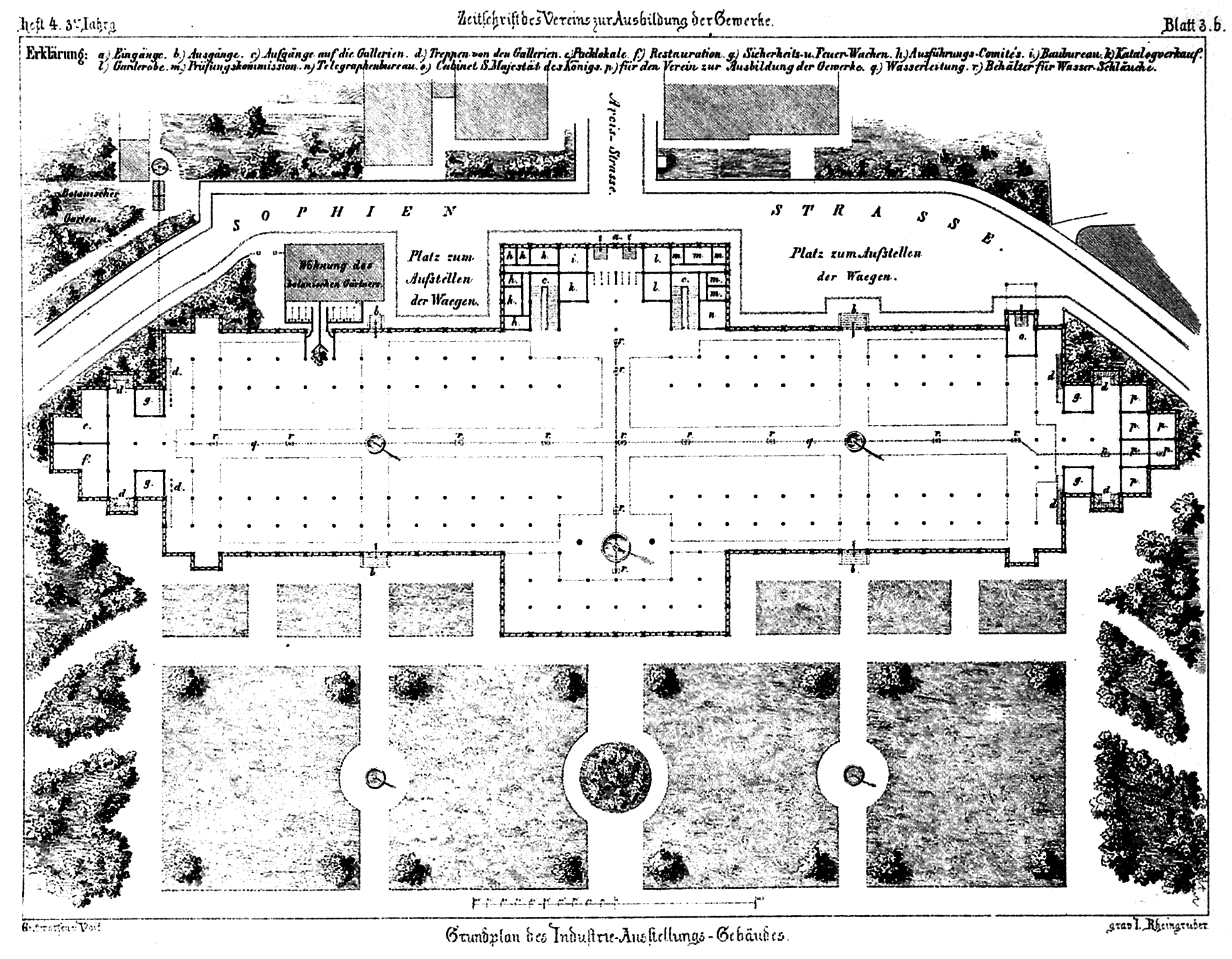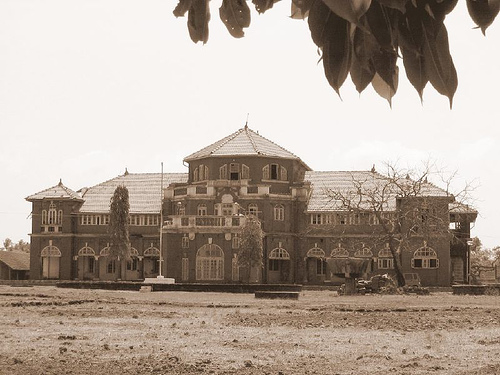|
Glass Palace (other)
Glass Palace may refer to: Buildings * Glaspaleis, a former fashion house and department store in Heerlen, Netherlands; now a cultural center * ''Glaspalast'' (Munich), a former exhibition hall in Munich, Germany * Glaspalast (Sindelfingen), an indoor sporting arena in Sindelfingen, Germany Other uses *'' The Glass Palace'', a novel by Amitav Ghosh See also * Crystal Palace (other) {{disambiguation ... [...More Info...] [...Related Items...] OR: [Wikipedia] [Google] [Baidu] |
Glaspaleis
The Glaspaleis (in English: ''Glass Palace'') is a modernist building in Heerlen, Netherlands, built in 1935. Formerly a fashion house and department store, Schunck, it is now the cultural centre of the city. The original name was ''Modehuis Schunck'' (Schunck Fashion House), but it was soon nicknamed ''Glaspaleis'', which is now the official name. The architectural style is largely according to what is in the Netherlands known as ''het Nieuwe Bouwen'', which corresponds roughly to Modernism, Bauhaus and International style. The visually most distinguishing aspect is the free-standing glass that covers three sides, which makes it even more transparent than the famous Bauhaus building in Dessau and is part of the natural climate control. *In 1995, it was declared a National Monument for the purpose of historic preservation *In 1999, it was put on the list of the ''1000 most important buildings of the 20th century'' by the International Union of Architects during their World Cong ... [...More Info...] [...Related Items...] OR: [Wikipedia] [Google] [Baidu] |
Glaspalast (Munich)
The ''Glaspalast'' (Glass Palace) was a glass and iron exhibition building located in the Old botanical garden - Munich in Munich modeled after The Crystal Palace in London. The Glaspalast opened for the first General German Industrial Exhibition on July 15, 1854. Planning Following other examples around Europe, the ''Glaspalast'' was ordered by Maximilian II, King of Bavaria, in order to hold the ''Erste Allgemeine Deutsche Industrieausstellung'' (First General German Industrial Exhibition) on July 15, 1854. Originally it was planned to erect the building on Maximilianplatz. However, the relevant Commission decision preferred an area near the railway station. Designed by architect August von Voit and built by MAN AG, the building was built in 1854 to the north of the Old Botanical Garden close to the Stachus. Construction Following the completion of 1853 Schrannenhalle and the planned and conservatory of Munich Residence, a glass with cast iron design was used, using exi ... [...More Info...] [...Related Items...] OR: [Wikipedia] [Google] [Baidu] |
Glaspalast (Sindelfingen)
Glaspalast Sindelfingen is an indoor arena, in Sindelfingen, Germany. The arena holds 5,250 people. It is primarily used for indoor athletics and concerts. KISS performed at the arena during their Lick It Up Tour on November 4, 1983. World Masters Athletics World Masters Athletics (WMA) is the worldwide governing body for the sport of masters athletics – which includes track and field, cross country, and road running events – as participated by people over 35 years of age. As the need became ap ... held its first Indoor Championships here in 2004. GPalast.png, track for athletics References External linksVenue homepage Indoor arenas in Germany Indoor track and field venues Buildings and structures in Böblingen (district) Sports venues in Baden-Württemberg {{BadenWürttemberg-struct-stub ... [...More Info...] [...Related Items...] OR: [Wikipedia] [Google] [Baidu] |
The Glass Palace
''The Glass Palace'' is a 2000 historical novel by Indian writer Amitav Ghosh. The novel is set in Burma, Bengal, India, and Malaya, spans a century from the Third Anglo-Burmese War and the consequent fall of the Konbaung Dynasty in Mandalay, through the Second World War to late 20th century. Through the stories of a small number of privileged families, it illuminates the struggles that have shaped Burma, India and Malaya into the places they are today. It explores the various facets of the colonial period, including the economic fall of Burma, the rise of timber and rubber plantations, the moral dilemmas faced by Indians in the British Indian Army, and the devastating effects of World War II. Focusing mainly on the early 20th Century, it explores a broad range of issues ranging from the changing economic landscape of Burma and India, to pertinent questions about what constitutes a nation and how these change as society is swept along by the tide of modernity. The name of the nove ... [...More Info...] [...Related Items...] OR: [Wikipedia] [Google] [Baidu] |


